What Is The Use Of Tungsten-Copper Alloy?
Tungsten-Copper Alloy is an alloy composed of Tungsten and Copper. Standard tungsten-copper alloys contain 10 to 50 % copper. The alloy is produced via powder metallurgy and exhibits excellent electrical conductivity, thermal conductivity, good high‐temperature strength and moderate ductility. At extremely high temperatures, above 3000 °C, the copper liquifies and evaporates. This evaporation absorbs heat and reduces the material’s surface temperature. Please read on; this article details key applications of tungsten-copper alloys.
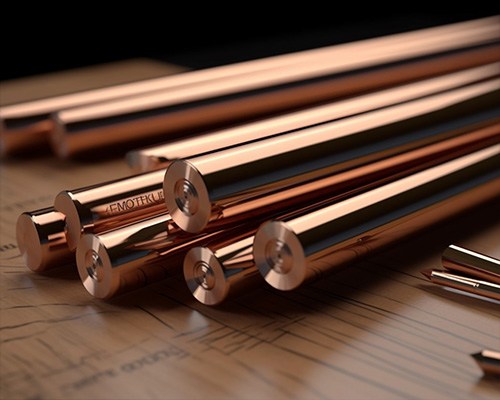
-
High-Temperature Resistant Materials for Defence
Tungsten-copper alloys are used in the aerospace sector for manufacturing rockets, nozzle components for rocket engines, gas vanes, air vanes and nose cones. The critical specifications are high‐temperature resistance (3000 K to 5000 K) and resistance to high‐temperature airflow. The evaporation of copper at high temperatures (copper melting point 1083 ℃) produces a cooling effect. This cooling effect lowers the surface temperature of the tungsten-copper alloy and permits use under extreme conditions.
-
Electrical Alloy for High Voltage Switches
Tungsten-copper alloy is widely used in high voltage switches, for example, in a 128 kV SF6 power switch (WCu/CuCr), high voltage vacuum switches (12 kV, 40.5 kV, 1 000 A) and lightning arrestors. The high voltage vacuum switch is compact and easy to maintain. It operates in humid, flammable, explosive and corrosive environments. The major performance criteria are resistance to arc erosion, resistance to melt welding, low interrupt current, minimal air content and low thermionic emission. Porosity and microstructural integrity are also required. Consequently, specific procedures such as vacuum degassing and vacuum infiltration are employed.
-
Electrodes for EDM Applications
Initially, copper or graphite electrodes were used for electrodischarge machining. They were cost-effective but not sufficiently wear-resistant. They were replaced by tungsten-copper electrodes. Tungsten-copper electrodes provide high temperature resistance and retain strength at elevated temperatures. They resist arc erosion. They offer efficient electrical conductivity, good thermal conductivity and rapid heat dissipation. They are used for spark erosion electrodes, resistance welding electrodes and high voltage discharge tube electrodes.
-
Microelectronic Materials
Tungsten-copper materials for electronic enclosures and heat sinks combine tungsten’s low thermal expansion with copper’s high thermal conductivity. The coefficient of thermal expansion and thermal conductivity can be adjusted by modifying the alloy composition. Tungsten-copper exhibits high heat resistance and efficient thermal conductivity. Its thermal expansion coefficient is compatible with that of silicon wafers, gallium arsenide and ceramic materials. It is therefore used in semiconductor applications. It is suitable for packaging high performance devices. It is also applied in heat sink components, thermal conduction elements, ceramics and gallium arsenide bases.
Conclusion
Thank you for reading this article. We trust it has clarified the applications of tungsten-copper alloys. If further information is required, please visit Stanford Advanced Materials (SAM).
Stanford Advanced Materials has over two decades of experience in the manufacture and distribution of tungsten-copper alloys. They supply quality materials for both research and production needs. Consequently, SAM is likely to be your preferred supplier and business partner for tungsten-copper alloys.

 Bars
Bars
 Beads & Spheres
Beads & Spheres
 Bolts & Nuts
Bolts & Nuts
 Crucibles
Crucibles
 Discs
Discs
 Fibers & Fabrics
Fibers & Fabrics
 Films
Films
 Flake
Flake
 Foams
Foams
 Foil
Foil
 Granules
Granules
 Honeycombs
Honeycombs
 Ink
Ink
 Laminate
Laminate
 Lumps
Lumps
 Meshes
Meshes
 Metallised Film
Metallised Film
 Plate
Plate
 Powders
Powders
 Rod
Rod
 Sheets
Sheets
 Single Crystals
Single Crystals
 Sputtering Target
Sputtering Target
 Tubes
Tubes
 Washer
Washer
 Wires
Wires
 Converters & Calculators
Converters & Calculators
 Write for Us
Write for Us
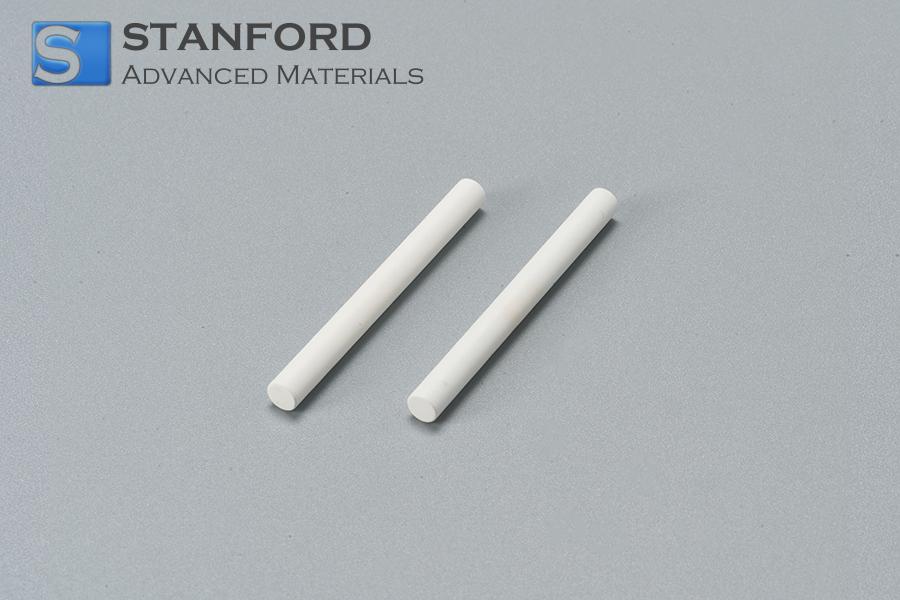
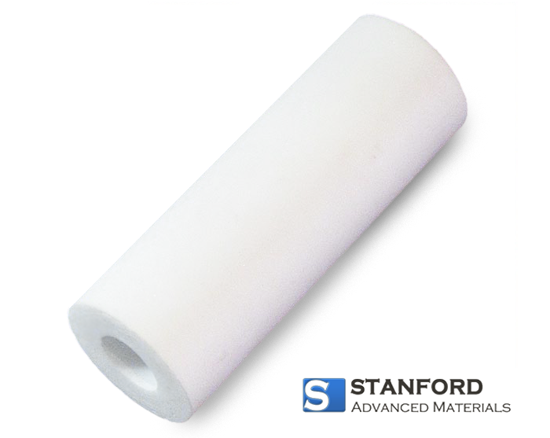
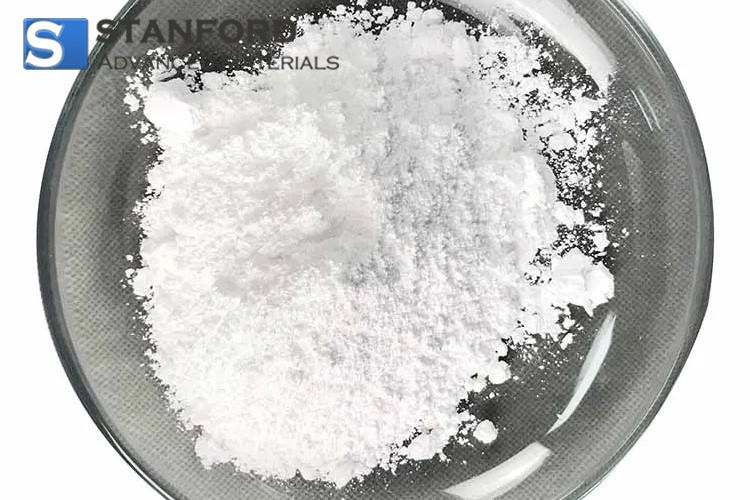
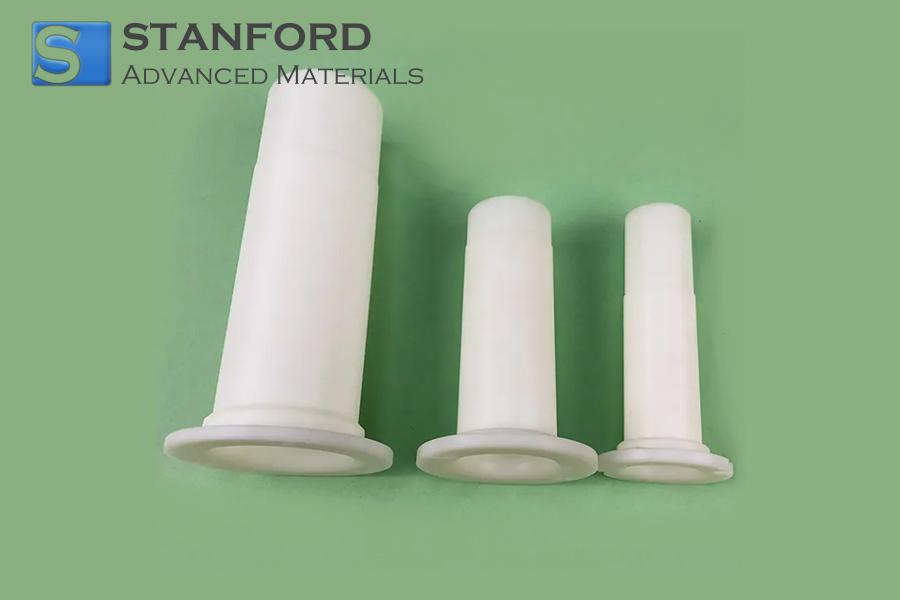
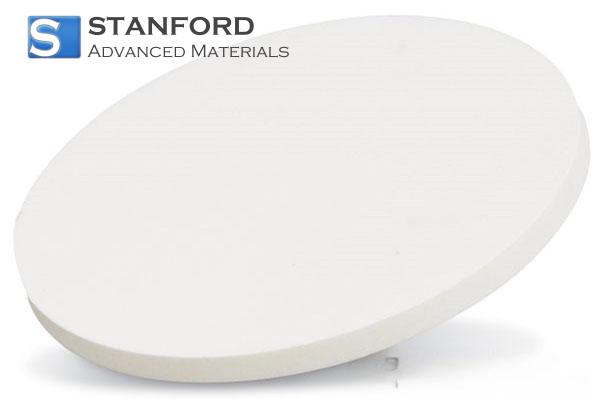
 Chin Trento
Chin Trento



